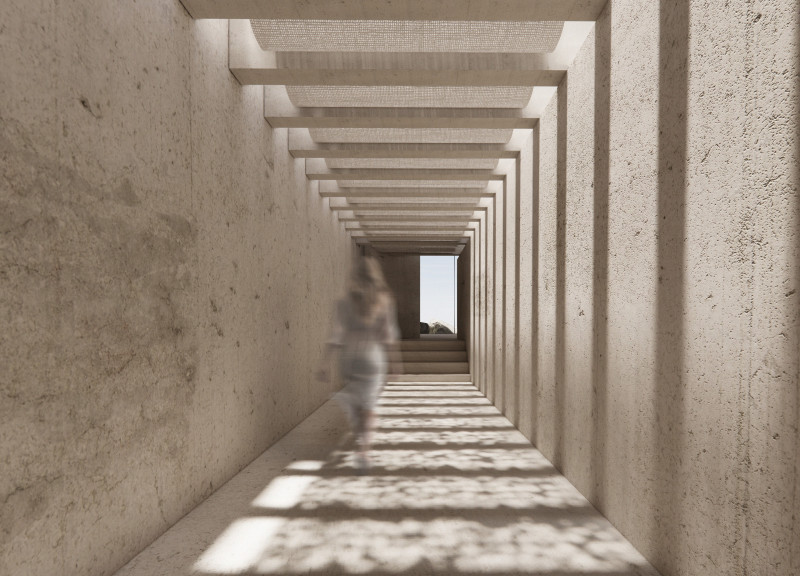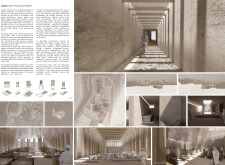5 key facts about this project
### Overview
"The Divine Order" is a multi-faith architectural complex designed by Italo Calvino, situated in an urban context that emphasizes inclusivity and communal interaction. The design integrates elements of both historical and contemporary religious architecture, aiming to create environments conducive to worship and dialogue across various faiths. By fostering a sense of community while honoring distinct religious practices, the project serves as a prototype for contemporary sacred architecture.
### Spatial Configuration and User Engagement
The configuration of spaces within the complex is strategically designed to balance communal gatherings with opportunities for personal reflection. Interconnected yet distinct areas facilitate a variety of worship practices while allowing for both active participation and solitude. This spatial organization reflects the essence of a pilgrimage, guiding visitors through a thoughtfully arranged sequence of corridors that promote contemplation and connection to the sacred. Each zone is tailored to accommodate the unique requirements of its faith group, fostering interfaith dialogue while catering to individual spiritual expressions.
### Materiality and Light
Material selection plays a pivotal role in shaping the atmosphere of the building. Cast concrete serves as the primary structural material, providing both strength and a solemn aesthetic. The integration of glass in skylights and apertures enhances natural illumination, establishing a vital connection between interior spaces and the outside environment. Wood is incorporated in furnishings, introducing warmth and texture to counterbalance the rigidity of concrete. Additionally, natural stone is used for flooring and feature walls, contributing to the tactile experience while embodying the permanence associated with sacred spaces. The strategic use of light enhances the spiritual ambiance, with dynamic interactions between light and shadow creating a contemplative environment throughout the day.



















































